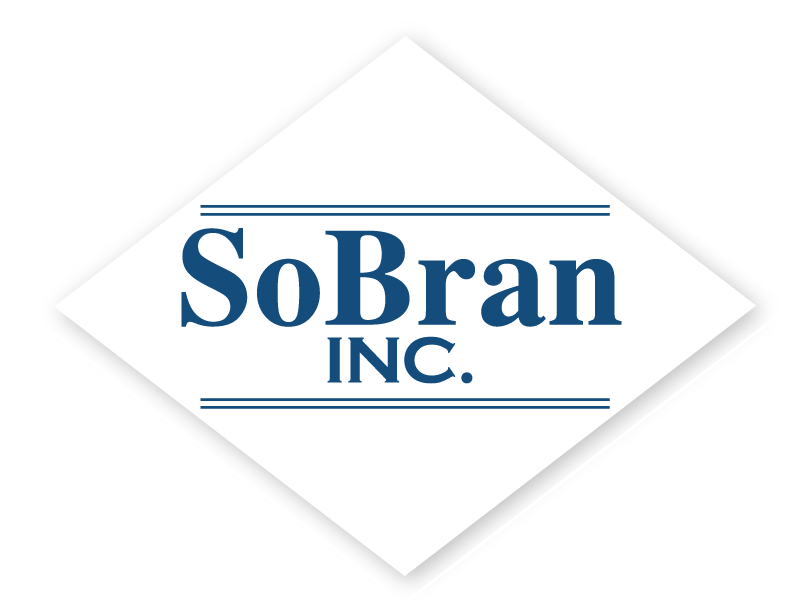Demonstrating Ethical and Humane Care: Advice for an AAALAC Inspection
Inspections can be stressful and time consuming for research facility managers and staff. Particularly for facilities seeking acceptance from the Association for Assessment and Accreditation of Laboratory Animal Care (AAALAC), site visits from the evaluation team require careful planning and detailed management. The complexity increases exponentially for facilities with a wide variety of animals to care for and diverse research programs underway.
SoBran BioScience helps clients prepare for and manage the AAALAC accreditation and evaluation process, with a focus on demonstrating ethical and humane care and the use of animals in the development of life-saving treatments. They recently went through the process of AAALAC inspection themselves, at their own research facility at Johns Hopkins Science and Technology Park, an endeavor that required every member of the BioScience team to get involved.
How to prepare for an on-site evaluation from the AAALAC team
Adrienne Edgell, SoBran BioScience’s Program Manager, offers the following advice to facilities about to head into the accreditation process:
- Get familiar with the AAALAC assessment process. Review AAALAC materials to understand the full scope of what is expected and submit your facility for the accreditation review. Gauge whether your program qualifies for accreditation. Create and submit a detailed Program Description that provides the site-visit team background on your programs and approach. You’ll then have about four-six months to prepare for the on-site evaluation.
- Make sure everyone on your team has “skin in the game.” When every member of the staff feels involved in the process they will be more apt to shoulder some of the responsibility. At SoBran each staff member in the lab was assigned an area and was responsible for making sure it met a checklist prepared by management.
- Get detailed.
- List out all areas to clean, even the “nooks and crannies.” In addition to hoods and cages, seek out and fix dings in walls or counters, check ceiling tiles, insides of cabinet and grates for ventilation systems. Post the checklist so everyone has access.
- Communicate early and often. Kick off the evaluation process with your full staff approximately two months before the inspection date. Let people know how the process works and what is expected of them. Then meet at least every other week for check-ins. Send managers to attend team meetings to make sure everyone on the research and husbandry staff is informed. AAALAC site visits only come around once every three years for reaccreditation so even if you’ve done it all before, many staff may be new to the process and require extra training.
- Plan out the big fixes. Set aside budget and time for any equipment updates or mechanical issues, things that will take some time to get in order. Standards for animal housing, in particular, have gone through many changes in the recent past. For facilities that haven’t been keeping up since the last inspection, this is an area of special concern.
- Keep documentation organized. “A lot of times people overlook this part,” warns Edgell. Make sure everything is all in one place and easy for the inspection team to review. Even if materials are available online, present your inspection team with a binder organized by section, including animal health reports, IACUC protocols, disaster plans and all other operating procedures, training and facility updates.
- Hold an internal dry run. Prior to the formal site visit, SoBran’s leadership team came to the lab facility and held an ad-hoc visit for several hours. “It was a test run for the staff and identified some areas we still had to address,” explains Edgell.
- Prepare to respond. With the detailed review of the AAALAC evaluation team, even the best-run facilities can have findings that need to be addressed. Assume you may have some issues to address and when you receive the findings after the evaluation make sure you prepare and submit a response to address them.
“If you manage to the requirements carefully,” says Edgell, “you’ll get through the stress and make sure your facility is doing the best job possible for animal care.”
